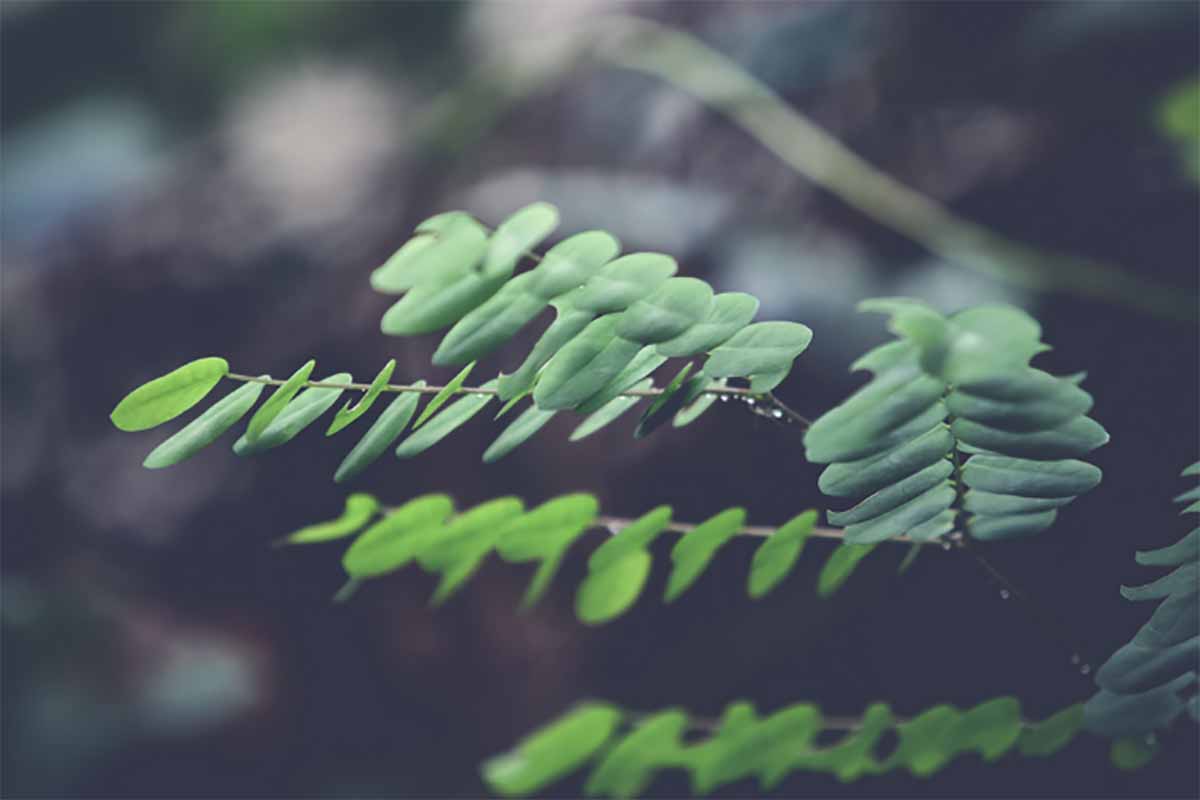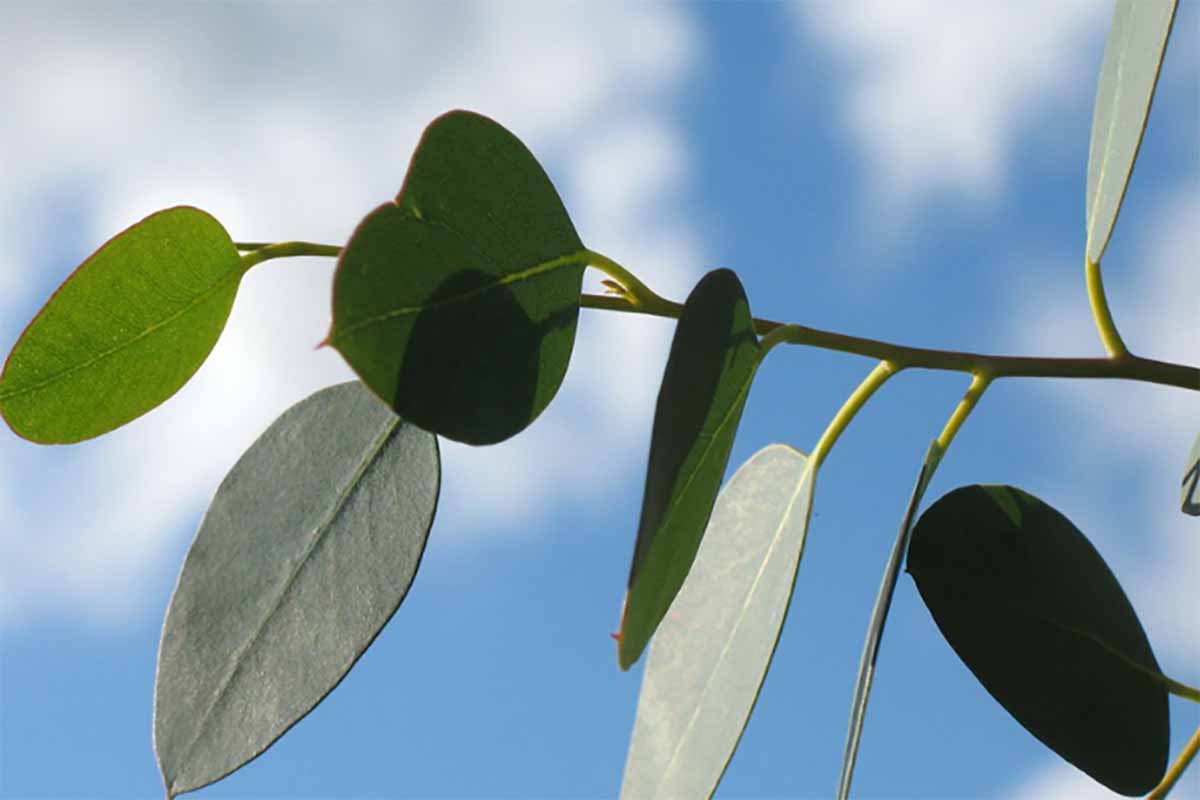
Eucalyptus oil has that fresh-from-the-spa aroma. Learn how to make your own eucalyptus essential oil to add to your bath, diffuser, and more.
What you’ll need:
- ¼ oz fresh eucalyptus leaves (grow your own or check your local florist) crushed to release the oil
- 1 cup carrier oil (olive, coconut, or almond)
- Slow cooker (one you don’t use to cook as eucalyptus oil is toxic)
To make:
Combine ingredients into a slow cooker and let heat on low for 6 hours. After letting the oil cool, strain the oil through cheesecloth. Store in a cool, dark area (medicine cabinet, closet, etc.).
For more great tips, check out our blog!

 Who doesn’t love the smell of eucalyptus! In addition to being visually appealing, the fragrant leaves can be used to make an
Who doesn’t love the smell of eucalyptus! In addition to being visually appealing, the fragrant leaves can be used to make an 


